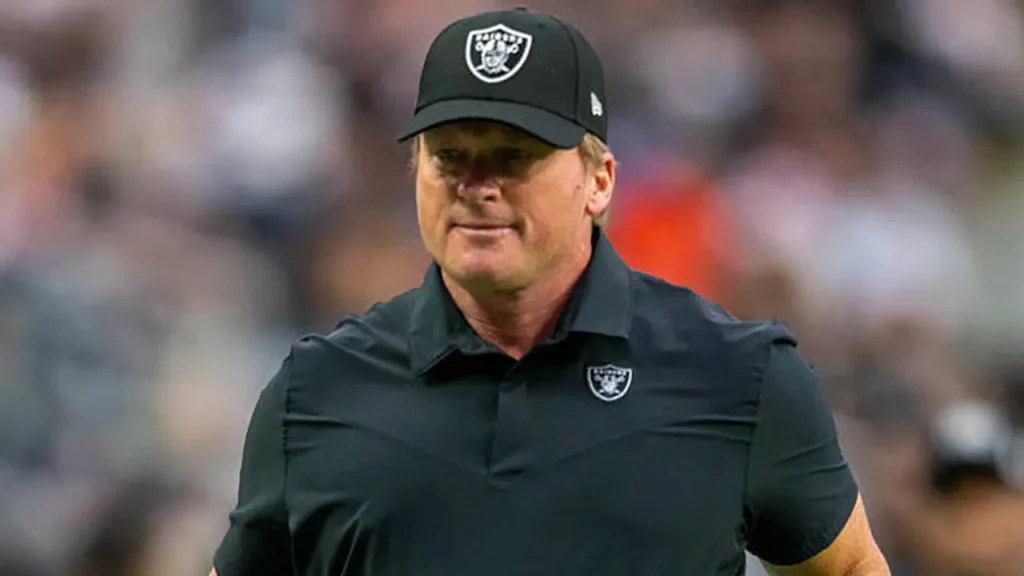The controversial nature of pass interference calls in the NFL stems from the league’s lack of a precise definition, leaving it a judgment call for referees. This subjectivity often leads to inconsistent enforcement and debate, with former NFL coach Jon Gruden among those advocating for a more standardized approach. Gruden’s proposed solution mirrors the college football rule, limiting the penalty to a fixed 15 yards regardless of where the foul occurs. This contrasts with the current NFL rule, where the ball is placed at the spot of the infraction, potentially resulting in significant yardage gains for the offense. Gruden argues this change would mitigate the disproportionate impact of these calls on game outcomes.
The crux of Gruden’s argument centers on the ambiguity surrounding pass interference. He highlights the lack of a “common thread” in what constitutes a foul, pointing to variations in interpretation among different officiating crews. This inconsistency, he believes, has allowed pass interference to exert undue influence on games. He advocates for a stricter standard, suggesting the call should be reserved for “obvious” instances that even casual observers would recognize, emphasizing that otherwise, players should be allowed to compete freely.
The history of pass interference review in the NFL further underscores the challenge of balancing officiating accuracy with game flow. In 2019, the league implemented a rule allowing pass interference calls to be reviewed, largely in response to a highly contested no-call in the 2018 NFC Championship game. This decision, intended to enhance fairness, proved difficult to implement consistently and was rescinded the following year. The short-lived experiment illustrates the inherent complexities of objectively assessing pass interference, especially given the high-speed nature of the game and the various factors that can influence contact between receivers and defenders.
Gruden’s anecdote about former NFL coach Jerry Austin underscores his preference for a clear-cut standard for pass interference. Austin’s advice, that the infraction “should call itself,” implies a need for indisputable evidence of a foul. This perspective aligns with Gruden’s belief that the current system allows for too much interpretation, leading to inconsistent application of the rule. He envisions a scenario where the call is so blatant that it would be universally recognized, even by those casually observing the game, eliminating the need for excessive officiating scrutiny.
The debate surrounding pass interference penalties in the NFL reflects a broader concern about the balance between ensuring fair play and maintaining the flow of the game. The rule’s subjective nature, coupled with its potential to significantly impact game outcomes, has made it a frequent source of contention. While the league’s attempt to address this through replay review proved unsuccessful, the discussion continues regarding how to best define and enforce pass interference in a manner that is both equitable and consistent.
Ultimately, the ongoing discourse surrounding pass interference penalties reflects the NFL’s ongoing challenge to find the right balance between protecting offensive players and allowing for competitive defensive play. The absence of a clear definition creates a gray area that is open to interpretation, leading to inconsistencies and disputes. While Gruden’s proposed solution of adopting the college rule and reserving the call for only the most obvious infractions may not be universally accepted, it highlights the need for a more standardized approach to ensure fairness and maintain the integrity of the game.

